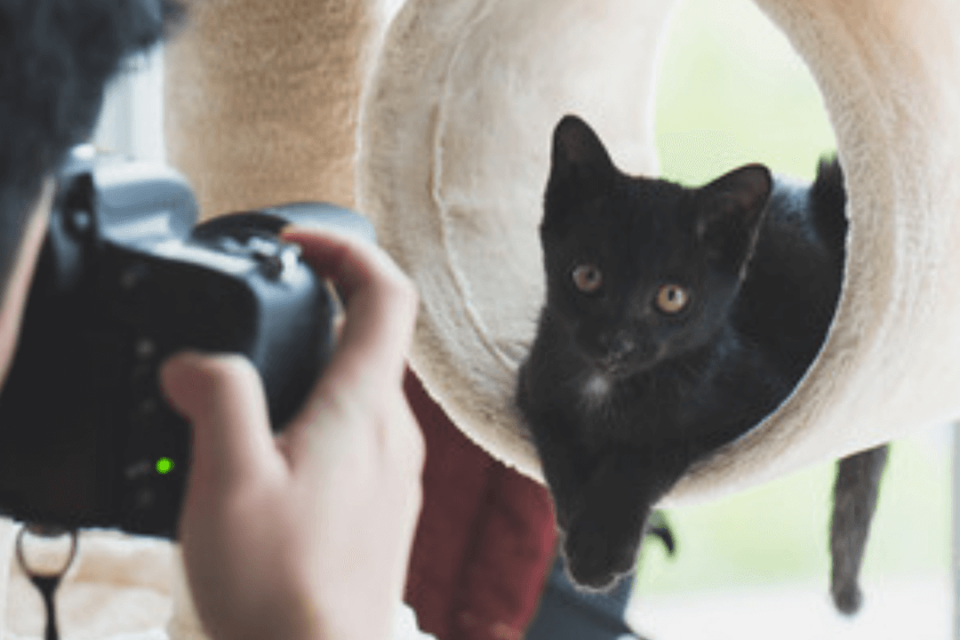Conduct On Set: Tips for the Handler

As the proud handler of an animal talent, you have the unique opportunity to showcase your furry friend’s skills and charm on the big screen. Being on a film set is an exciting experience, but it also comes with certain responsibilities. To ensure a smooth and successful shoot, mastering on-set etiquette is crucial. In this blog post, we will provide you with valuable tips to help you shine as a handler and ensure your animal talent steals the show professionally and safely.
Be Prepared and Punctual:
Arriving on set well-prepared and punctual is a mark of professionalism. Make sure your animal is groomed and looking their best, and bring all the necessary equipment, including treats, toys, and grooming tools.
Always bring food for your pet a water bowl and a water bottle to fill it up with. Hopefully, they have thought about your pet, but do not count on it, some things get forgotten with on-set chaos. Always keep in mind that filming schedules often change without notice – plan to be on set longer than they say. Also helpful: bed, treats, calming toy. cover for parrot cages, animal-specific items, etc.
Being punctual allows your animal talent to familiarise themselves with the surroundings and settle in, reducing potential stress.
Be well presented, wearing clothes that you can move in (or a pre-agreed outfit if you will be appearing on camera).
Establish Clear Communication:
Communication between the handler, animal talent, and the production crew is paramount. Ensure that everyone involved knows the signals and cues you use to direct your animal. Consistency in commands is essential for your animal to understand what is expected of them during filming.
Be friendly but brief, everyone is busy.
Ask at the start. When you get to set is the time for questions about where you should put your things, your animal’s things, where you can take your animal to go to the bathroom, etc.
Do not talk to people who are working unless you need to. Do not be like one of the countless performers not asked back to set again because they have wandered up to a celebrity for a chat in between takes!
Do not wander around. Do not touch the equipment. Put your phone on silent. Do not shout or make noise.
Watch politely from where you are put, checking for any problems with your animal.
If you do not know where to be, ask or stay somewhere visible where they can come get you.
Do not wander away or leave set in a break unless you tell someone.
Ensure you have been released before leaving for the day. There may be some last-minute paperwork for you to do so check to save yourself some time and effort chasing things up.
Safety Tips:
CODE OF CONDUCT
Keeping Others Safe
Don’t forget it is your job to keep everyone safe from accidents involving your animal on set.
We know that any animal has the potential to be dangerous, but some are a little more likely to cause damage than others. As the Animal’s handler, it is your responsibility to ensure your animal does not hurt a person or another animal. It can be a daunting thing to speak up in front of a group of people but it is very important. It can help to practice out loud at home what you will say if various situations present themselves. A loud clear voice is helpful.
Don’t Forget, being a good handler is being a good advocate for your Animal.
Tips to make everything go smoothly:
- Understand the Job. When communicating with your contact person on a job, it is important to ask what is required of your animal before the job takes place. A good Producer will explain what is needed but sometimes things are forgotten and it is very important that you are on the same page regarding what is required.
- Explain Limitations. You should have already posted these on your animal profile, but it is best to make your contact person on the job aware of these in writing ahead of the job commencing just in case. You also may need to remind others clearly during the job.
- Speak up! Let others know clearly what needs to happen if you spot a problem. “The animal is becoming agitated, we will need to take a time out or they may become aggressive or difficult to work with” is a good example of how to communicate with others.
- Clearly explain expected behavior. It is easier to set out expectations than to correct problems as they occur. It can be helpful to explain why certain behaviours are off limits – don’t forget not everyone is an animal person “Horses can panic and hurt people if they are startled, this is why we don’t run near them or come up behind them.”
Focus on safety and you and your pet will have a fantastic time on your job.
As a handler for animal talent on a film set, your role is vital to the success of the production. By following these on-set etiquette tips, you can create a professional and safe environment for your furry star to shine. Being prepared, communicating effectively, and using positive reinforcement will enhance the bond between you and your animal talent, resulting in exceptional performances that leave a lasting impression on audiences. With your commitment and dedication, your animal will be the true superstar of the day.
